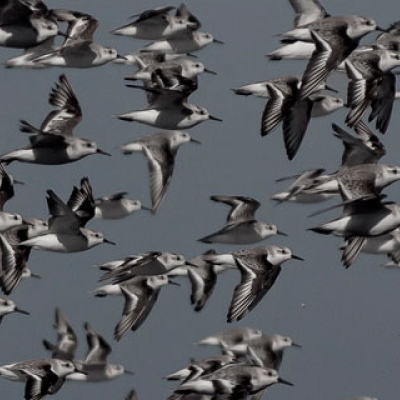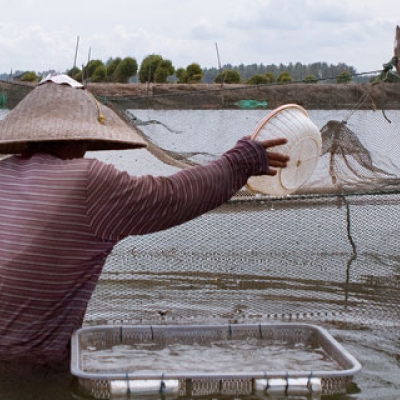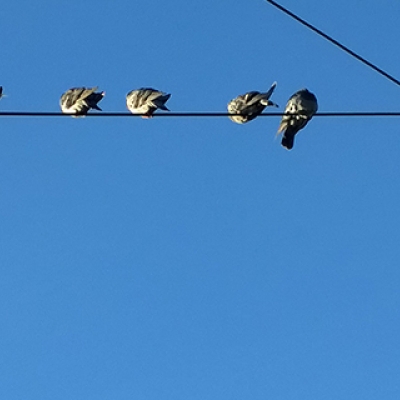
#ForewordFriday: Red Pill/Blue Pill Edition
By Meghan Bartels / On May 9th, 2014
If you've flipped through the latest issue of the New Yorker, you may have spotted "Green is Good" (subscription required), which profiles The Nature Conservancy's president and CEO, Mark Tercek, and a few of the projects they've worked on since he joined the organization. The article mentions Keeping the Wild, a compilation of essays confronting the principles of the "new conservation" that Tercek supports, in





